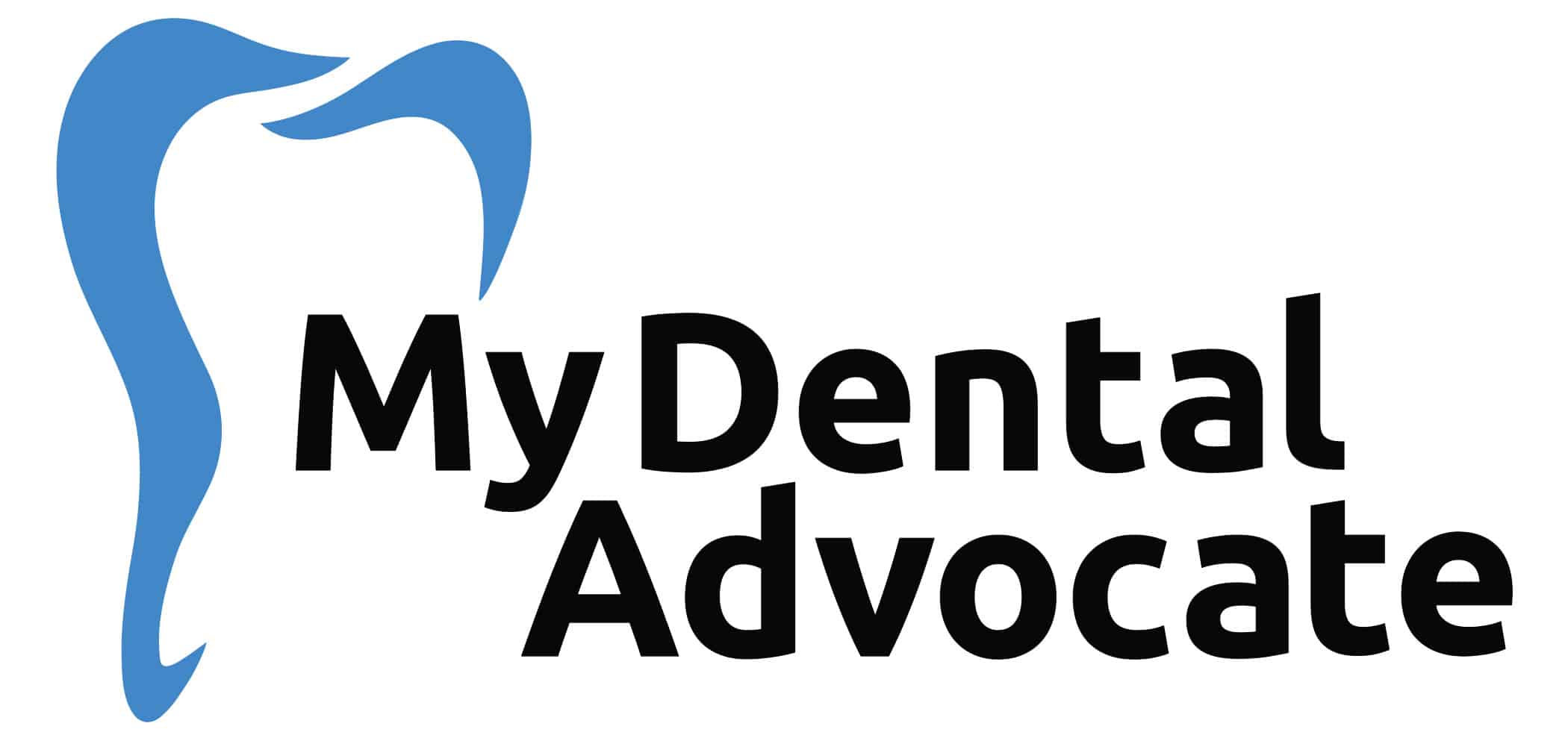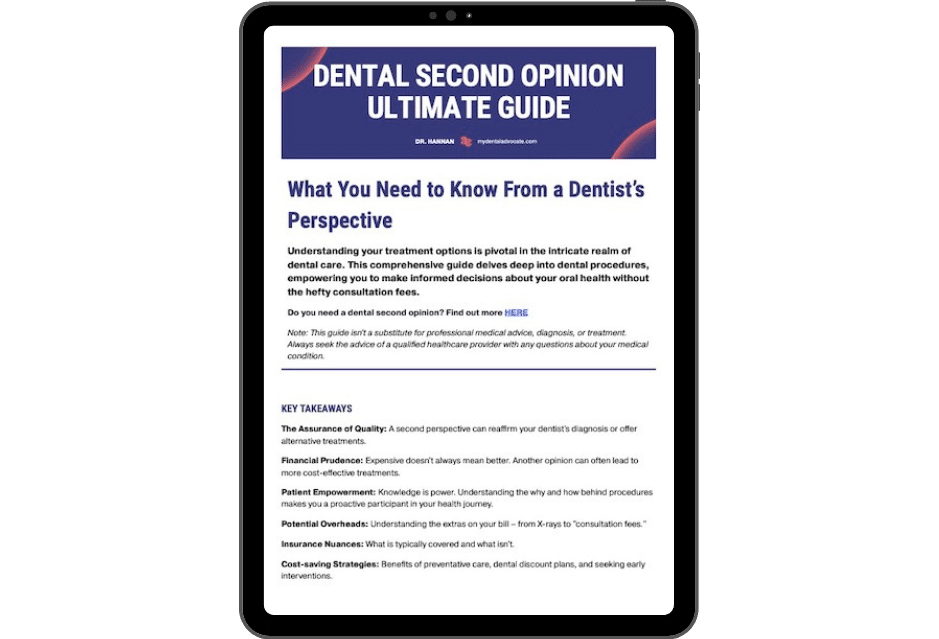Dental Implant Healing Pictures (What to Expect)

The world of dentistry has made significant strides over the years, and one of the prominent achievements in the field is the advent of dental implants.
This innovative dental solution has allowed millions to smile confidently, chew effectively, and improve their oral health.
This article aims to provide a visual walkthrough of the dental implant healing process with corresponding pictures from a dentist’s perspective.
WARNING: Please be advised that this guide contains actual photos from dental implant surgeries. Images and information used in this guide have been sourced from the ‘Color Atlas of Dental Implant Surgery’ by Dr. Michael S. Block and ‘Dental Implant Prosthetics’ by Dr. Carl E. Misch.
Need Dental Advice? Ask Dr. Hannan!
What Are Dental Implants?
Dental implants are a form of restorative dentistry primarily aimed at replacing missing teeth.
A dental implant is an artificial tooth root, typically made from titanium, placed into your jaw to hold a replacement tooth or bridge.
The implant is surgically inserted into the jawbone beneath the gum line, allowing the dentist to mount the replacement teeth onto them.
Importance & Benefits of Dental Implants
The importance of dental implants cannot be overstated. They are a robust and permanent solution for tooth loss, often resulting in several oral and general health issues.
Key Benefits
- Improved Appearance and Self-Esteem: They look and feel like your teeth, enhancing your smile and confidence.
- Improved Speech: Unlike poorly fitted dentures that can cause slurring, dental implants allow you to speak without worrying that teeth might slip.
- Comfort: As they become part of you, implants eliminate the discomfort of removable dentures.
- Improved Oral Health: They do not require altering other teeth as a tooth-supported bridge does. Hence more of your teeth are left intact, improving long-term oral health.
- Durability: Implants are very durable and can last many years. With good care, they can last a lifetime.

Healing Process Expectations
The healing process is pivotal in determining the procedure’s success after dental implant surgery.
The healing phase, often termed ‘osseointegration,’ involves the implant fusing with your jawbone to provide a stable foundation for the new artificial tooth.
This process is generally divided into several stages, starting from the immediate postoperative period and extending to the time when the crown is finally placed onto the implant.
Each of these stages is crucial and necessitates proper care and attention.
In the forthcoming sections, we will take a closer look at each healing stage, accompanied by pictures, to give you a more comprehensive understanding of what to expect during this journey.
Dental Implant Healing Stages with Pictures
Immediately After Surgery
The gum tissue typically exhibits signs of surgical intervention following dental implant placement. This may include minor swelling, redness, and tenderness.
The gums usually cover the implant site fully since the implant is inserted beneath the gum line. However, if a healing abutment (collar) is placed, it may be visible protruding from the gum tissue.
Post-operative care is crucial during this phase to ensure optimal healing and prevent any infection.
Recent studies have shown a success rate of over 95% for the implant restoration process.

3-4 Months Post-Implant
At this stage of the healing process, the gum tissue around the dental implant typically shows signs of significant healing.
Any initial swelling, redness, or tenderness should have subsided, and the gums should appear healthy and pink, similar to the surrounding gum tissue.
Most dental implants should no longer be noticeable as it will be protected by a cover screw and buried under the gums.
This period consists of osseointegration, where the dental implant fuses with the jawbone beneath the gum line, setting the stage for the final placement of the dental crown.
Regular dental check-ups are essential during this period to monitor progress and ensure the implant is integrating properly.
Recommended Reading: How Long Before Dental Implants Feel Normal? (Comprehensive Guide)6 Months Post-Implant (Osseointegration)
By this time, the gum tissue around the dental implant is usually fully healed and should appear as healthy as the surrounding gums.
The implant should be securely integrated with the jawbone, providing a stable foundation for the dental crown.
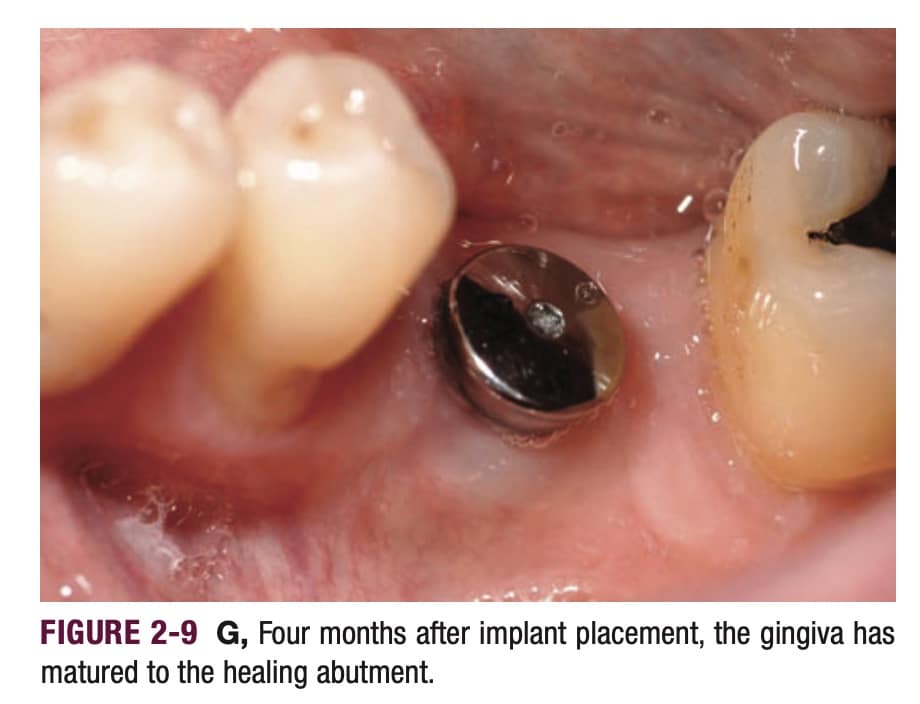
There should be no signs of inflammation or discomfort. The dentist typically places the abutment and the final dental crown soon after, completing the restoration.
The finished implant should blend seamlessly with the surrounding teeth functionally and aesthetically.
Recommended Reading: Can Dental Implants Get Infected? (Common Signs & Symptoms)Final Healing Stage (Receiving the Crown)
The crown delivery marks the final phase of the dental implant procedure. The dentist attaches a custom-made crown, matching the color and shape of your natural teeth to the abutment connected to the dental implant.
This crown restores the tooth’s visible part, allowing for normal biting and chewing.
The gum tissue around the implant should appear healthy and blend seamlessly with the gum tissue around the crown.
With the crown in place, the dental implant process is complete, but ongoing oral hygiene and regular dental check-ups remain crucial to maintain the health and longevity of the dental implant.
Understanding the Dental Implant Procedure
Initial Consultation
The first step in the dental implant process is a comprehensive consultation with your dentist.
During this appointment, your dentist will evaluate your overall oral health, review your medical history, and discuss any existing conditions that may affect the procedure, such as diabetes, heart disease, or periodontal disease.

Your dentist may also conduct imaging studies like X-rays or CT scans to assess the state of your jawbone, determine its suitability for an implant, and plan the procedure precisely.
Based on this information, your dentist will develop a personalized treatment plan tailored to your unique dental needs.
Pre-Surgery Preparations
Pre-surgery preparations will begin once you are deemed a good candidate for dental implants.
This could involve addressing oral health issues like tooth decay or gum disease and, in some cases, performing bone grafts to ensure your jawbone is strong enough to support the implant.
Your dentist will provide detailed instructions to follow in the days leading up to your surgery. This typically includes guidelines on eating, drinking, and medication use.
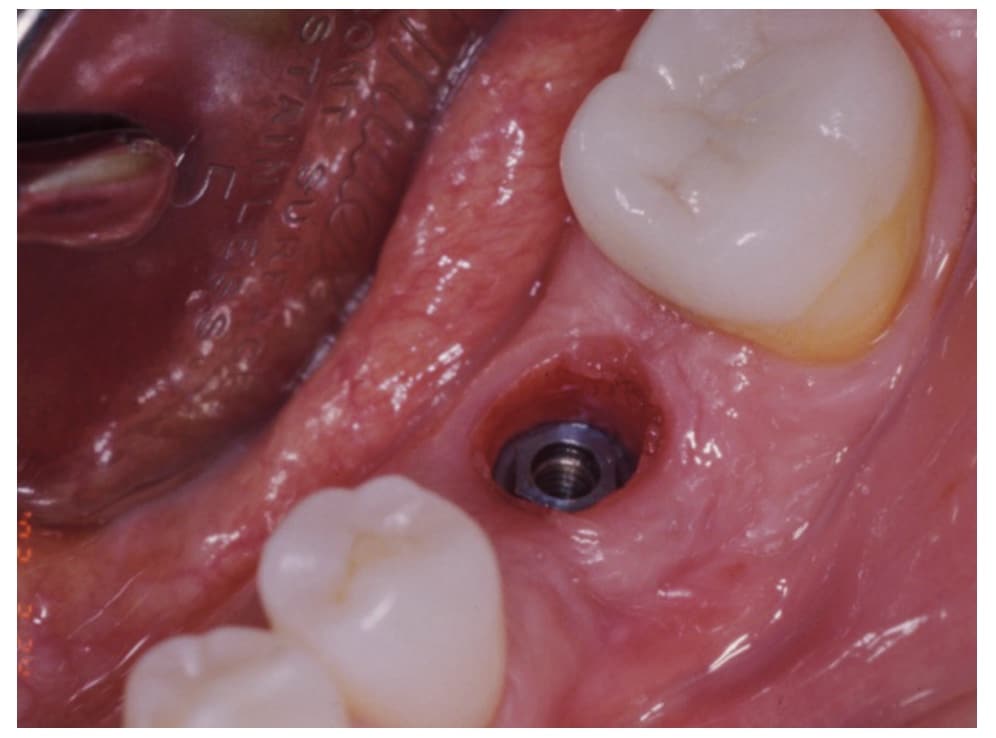
Implant Surgery
The surgery itself usually involves several steps. The dentist will first administer local anesthesia to numb the area.
Then, they will make an incision in the gum to expose the bone. A hole is then drilled into the bone where the dental implant, a screw-like titanium post, will be placed.
The incision will be stitched closed once the implant is securely in place. At this point, you will not see the implant as it is beneath the gum.
Following is a waiting period for osseointegration, where the implant fuses with the bone.
Post-Surgery Care
Immediately following the surgery, you may experience some discomfort, such as swelling of your gums and face, bruising of your skin and gums, minor bleeding, and pain at the implant site.
Your dentist will provide specific post-surgery care instructions, including prescribed medications to manage pain and prevent infection, dietary recommendations, and oral hygiene guidelines.
You must also return for follow-up appointments so your dentist can monitor your healing and progress. Once the implant has sufficiently fused with the bone, the abutment, artificial tooth, or crown can be placed.
This marks the final step of the dental implant process.

Common Complications & Solutions
Despite the high success rate of dental implant procedures, complications can sometimes occur. Let’s look at some of these and how they can be managed.
Implant Rejection
A rare but possible complication is the body rejecting the implant, similar to an organ transplant rejection.
Symptoms might include severe pain, inflammation, and the implant feel loose. If rejection occurs, the dentist will need to remove the implant.
After healing, a second attempt can be made.
Infection & Inflammation
Infection can occur if bacteria are present during surgery or oral hygiene isn’t adequately maintained after the procedure. Symptoms include swelling, redness, and discomfort.
Infections can typically be treated with antibiotics; in some severe cases, the implant may need to be removed to clear the infection.
Injury to Adjacent Teeth
While rare, nearby teeth can be injured during the implant procedure. This may cause pain or sensitivity.
If an injury does occur, it will be addressed based on its severity and could involve anything from monitoring the tooth to root canal treatment.
Frequently Asked Questions (FAQ)
Are dental implants painful?
Most patients report feeling minimal discomfort during the dental implant procedure, as local anesthesia is used. Post-operative pain can usually be managed effectively with prescribed or over-the-counter pain medication.
What are the signs of dental implant failure or complications?
Common signs of dental implant complications include severe pain, swelling, inflammation, the implant feeling loose, and persistent bleeding. If you experience any of these symptoms, contact your dentist immediately.
Can I go back to my normal diet after dental implant surgery?
Immediately after surgery, a soft food diet is recommended to avoid disturbing the implant site. Gradually, as your mouth heals, you can reintroduce harder foods.
My Expectations & Expertise
As a dentist, I can affirm that dental implants can vastly elevate your quality of life.
They enrich your smile aesthetics and markedly improve your speech and chewing capabilities. The procedure might appear intricate at first glance.
However, comprehending the steps involved in the healing and recovery journey can alleviate worries and foster confidence about this life-altering treatment.
Need a second opinion? We can help! Learn more. Knowledge is power when cultivating healthy dental habits. The more informed you are, the better positioned you’ll be to prevent avoidable and potentially costly dental procedures for you and your family. Watch for future blog posts, where we’ll continue sharing important information, product reviews and practical advice!

About the Author
Dr. Matthew Hannan, also known as “Dr. Advocate,” is a board-certified dentist on a mission to provide accurate dental patient education. He attended Baylor University before completing dental school at UT Health San Antonio School of Dentistry. He now lives in Arizona with his beautiful wife and 4 kids. Dr. Hannan believes everyone should access easy-to-read dental resources with relevant, up-to-date dental research and insight to improve their oral health.

Connect with Dr. Hannan!
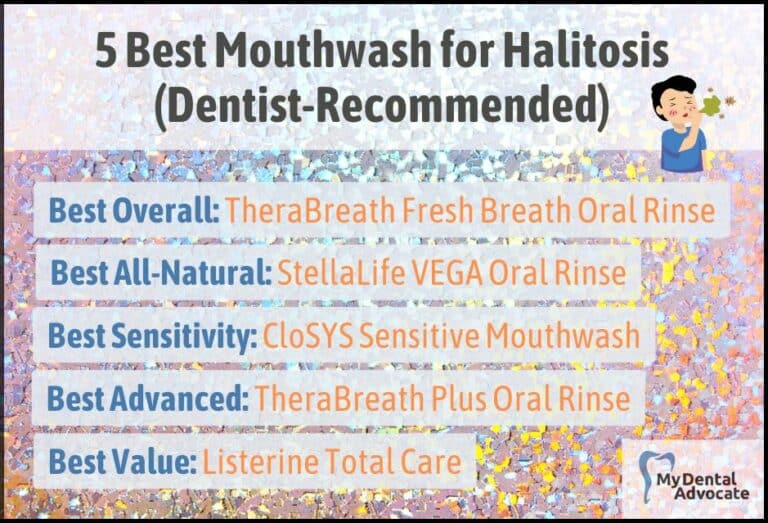
Best Mouthwash for Halitosis (Top Picks)
In today’s world, personal hygiene plays a pivotal role in our daily lives, not just for our physical health but also for our social interactions. One aspect of personal hygiene that often gets overlooked is oral health, specifically addressing the problem of halitosis, or as it’s more commonly known, bad breath.
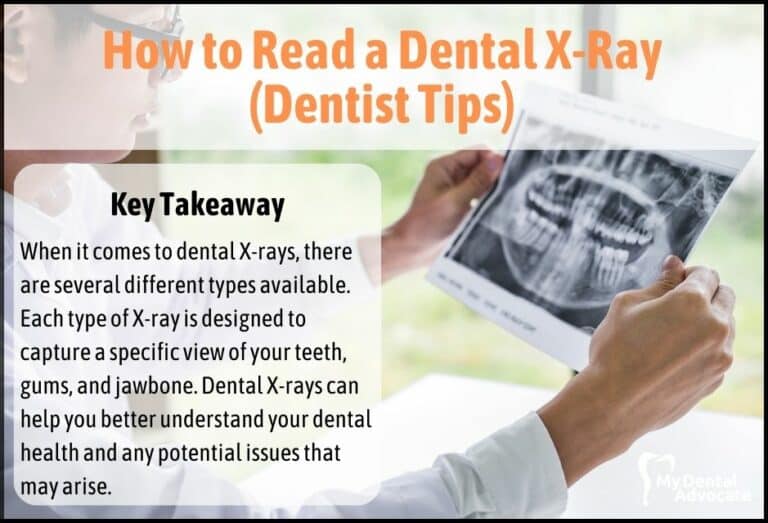
How to Read a Dental X-Ray (Dentist Tips)
Reading dental X-rays is crucial for dental professionals, offering insights into hidden oral health issues. Mastering this skill involves understanding the anatomy displayed in different X-rays—like bitewings, periapicals, and panoramics.

Dental X-rays | The Ultimate Guide (Content Hub)
In the vast realm of dentistry, one of the most revolutionary advancements has undoubtedly been the advent of dental X-rays. These powerful imaging tools have transformed how dental professionals diagnose, treat, and prevent oral conditions, granting a glimpse beneath the surface of the human mouth. This is the ultimate guide for dental X-rays. Below, you will find articles about dental X-rays from a dentist’s perspective.
Gain Clarity with Our FREE Second Opinion Guide
Receive clear, expert second opinions online within 48 hours. Start today!
Product Reviews
Our 250+ dental product reviews (and counting), curated by an experienced dentist, are the most comprehensive online.
Toothbrush Genie
State-of-the-art chatbot designed to help you discover your perfect toothbrush in just a few simple steps!
Cavity Risk Assessment
Cutting-edge digital tool designed to evaluate your individual cavity risk based on your responses to a series of questions.
Gum Disease Assessment
Discover your gum disease risk with our quick and engaging 6-question assessment!
